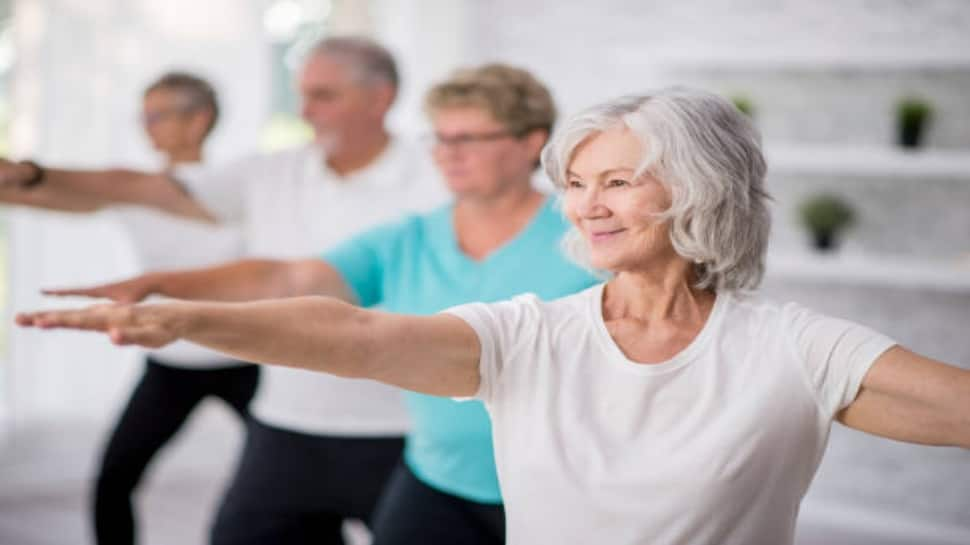Researchers at the National Cancer Institute, a division of the National Institutes of Health, found that older adults who participate in a variety of leisure activities on a weekly basis, such as walking for exercise, jogging, swimming laps, or playing tennis, may have a lower risk of death from any cause, as well as death from cardiovascular disease and cancer.
The authors conclude that the findings suggest that older people should engage in leisure activities that they enjoy and can sustain because many of these activities may lower their risk of passing away.
On August 24, the findings are released in JAMA Network Open.
272,550 adults between the ages of 59 and 82 participated in the NIH-AARP Diet and Health Study and provided information on their leisure-time pursuits. The researchers looked at whether participating in seven various types of physical activity, including walking, cycling, swimming, other aerobic exercise, racquet sports, golfing, and other forms of exercise, was associated with a lower chance of passing away.
The researchers found that getting the recommended amount of physical activity each week through any combination of these activities was associated with a 13% lower risk of mortality from any cause as compared to not engaging in any of these activities. When the impact of each activity was considered separately, playing racquet sports was associated with a 16% risk reduction and running with a 15% reduction.
All of the studied activities, however, were shown to have decreased mortality risks.
According to the second edition of the Physical Activity Guidelines for Americans, adults should engage in 2.5 to 5 hours of moderate-intensity aerobic physical activity or 1.25 to 2.5 hours of vigorous-intensity aerobic physical activity each week.
The quantity of physical activity engaged in by the most active individuals (those who exceeded the recommended levels of physical activity) was related with even greater decreases in the risk of death, however there were diminishing returns as activity levels increased.
A 5% lower chance of dying away was experienced by people who participated in some form of leisure activity, even if it was less than what was recommended.



